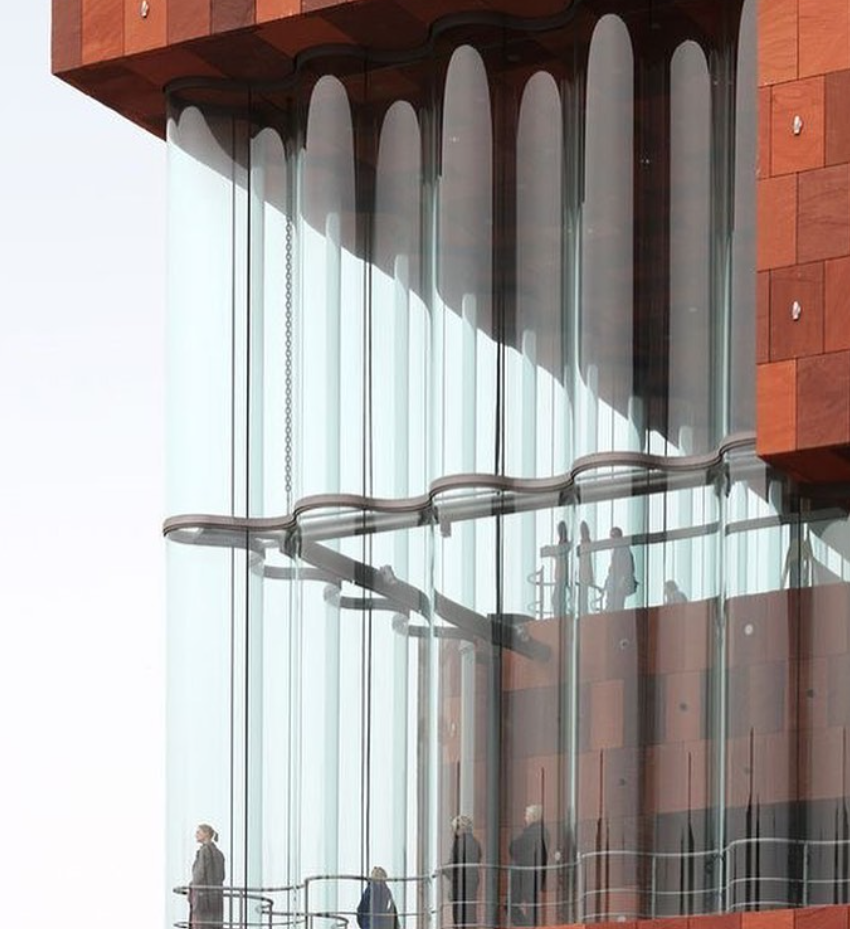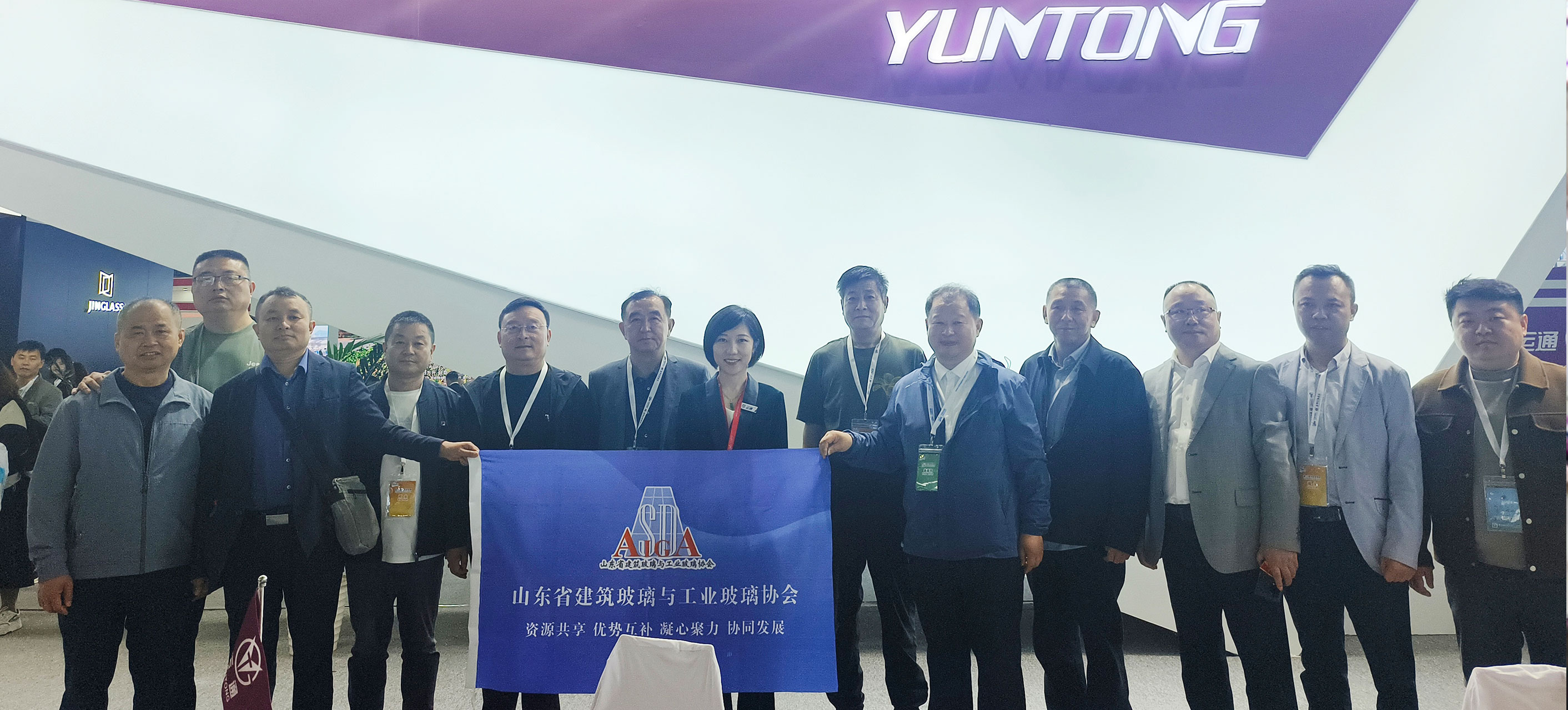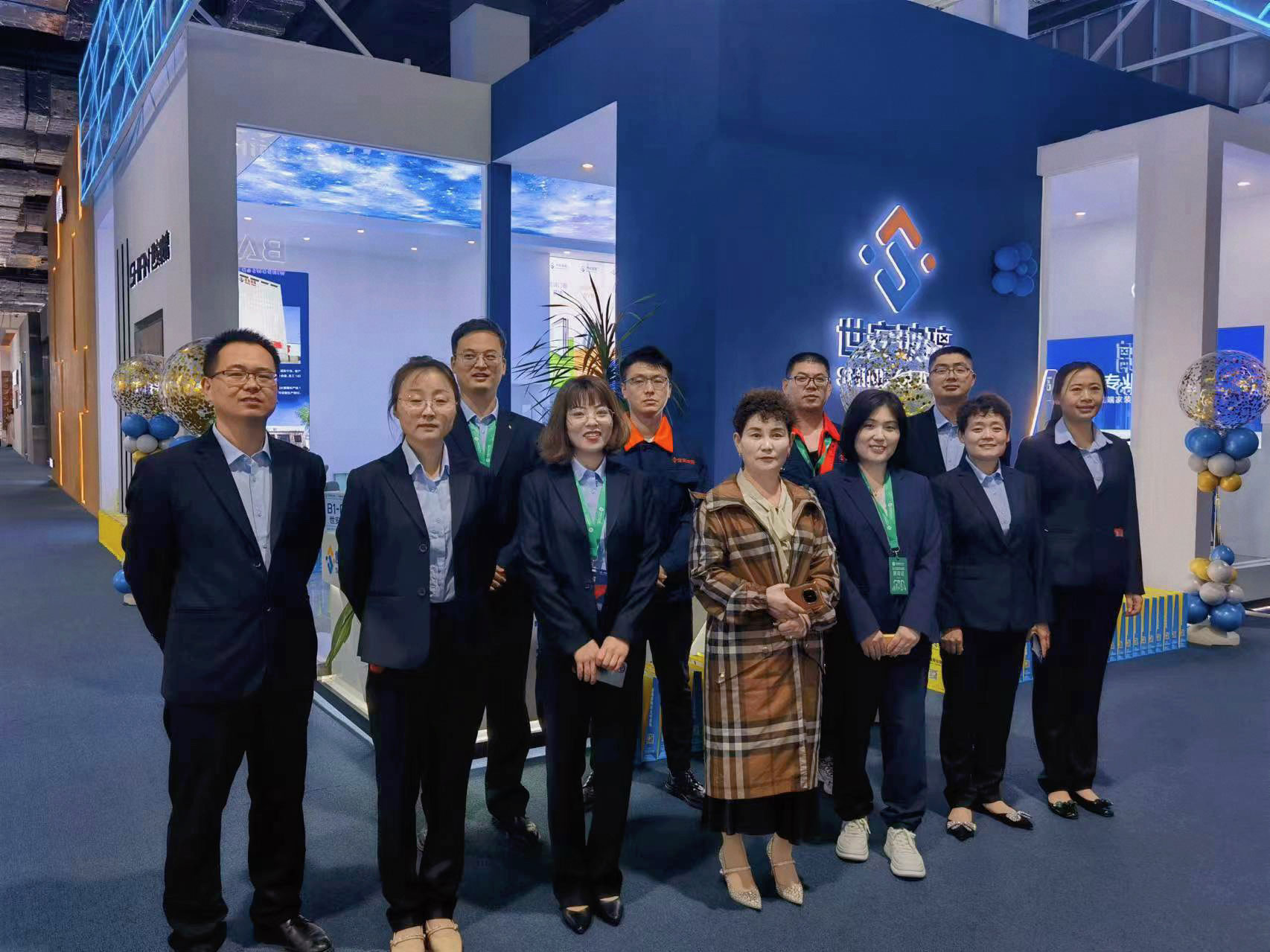
Welcome To
SHINE Glass
Welcome to SHINE Glass in China: Shandong highest rated and most trusted glass factory. Your top choice for residential & commercial glass.

09 2024-11
By SHIAN Glass
Types of Curtain Wall System and their Advantages
What is a curtain wall?
A curtain wall is a thin, aluminum-framed wall. It can come with different fillings which include glass, metal panels, or thin stones. The framing is joined to the building structure. It doesn’t bear the load of the roof or the floor; instead, it relies on the building structure, specifically at the floor line.
History
Dating back to the 1930s, curtain wall systems rapidly came into use post World War 2. This was at a stage when aluminum just became available for use for purposes other than military ones.
In the current era, curtain wall systems have gained structural importance equivalent to that of other structural elements. Due to the fact that they are constantly exposed to the exterior atmosphere, a curtain wall has to be appropriately designed, installed and maintained. All this depends on the functionality and durability of the curtain wall system installed to support the structure of the building.
Types of Curtain Wall System
Curtain walls are precast at a factory and assembled before they are brought to the site. Basically, there are two types of curtain wall systems depending on the method by which the components are assembled.
Stick Curtain Wall System
Unitized Curtain Wall System
Stick Curtain Wall System:
In this type of curtain wall system, the components are assembled piece by piece on the structure of the building. This system is mainly used for low-rise buildings or in small regions. This is due to the fact that for reaching higher elevations it is important to have exterior access. This system promises flexibility as it gives space for onsite adjustments. Though it has the advantage of low shipping costs, the labor and time consumption should not be underestimated as tend to run quite high.
Unitized Curtain Wall System:
In this type of curtain wall system, the parts are already assembled in the factory. The components are installed and brought as a single unit from the factory to the site. This negates the need for individual installation. The size of the unitized curtain walls is directly proportional to the floor to floor height of the structure. Popular in high-rise buildings, they don’t need external supports such as cranes or scaffolding. Only mini cranes or temporary hoist are needed. This system offers the benefits of quick construction and good quality as the components are manufactured in a factory setting. However, this type of curtain wall system tends to increase the shipping charges due to need for larger and better protection during transportation to the site.
Components of a curtain wall:
Following are the structural elements of a single curtain wall unit installed on the building structure.
Transom
Mullions
Vision Glass
Anchor


 EN
EN  中文
中文 


